Last year about this time, we got the chance to look at the Razer Barracuda X which was, although not the top end of town, a really good headset. But there were some problems with it if you wanted to use it as an all-day listening option. With the release of the new Barracuda range from Razer, we’ve seen an increase in functionality that covers previous criticisms making this headset painfully close to perfection for all-day use.
What is it?
The Razer Barracuda Pro is a wireless headset with multiple connection options (Bluetooth and Wireless USB-C Dongle) that is compatible with Windows, Android, iOS, Nintendo Switch and PlayStation. Continuing their recent trend, Razer has released another device that isn’t adorned with eye-catching RGB lighting. While this perhaps reduces the gamer appeal, it opens a significantly larger market for everyday, all-day users.
What’s in the box?
Exactly as you would expect from any quality manufacturer, what you need is in the box. This includes the headset, USB-C connection dongle, a solid and somewhat hefty case, cables to charge your headset and one to provide a connection option to machines that don’t have USB-C.
The combination of the cables and Bluetooth connectivity options results in the broad compatibility already mentioned. It’s a really slick-looking headset that I wouldn’t have any hesitation in using in a professional setting, or at home for gaming. Partly for the look and partly due to the improved technology, there is no detachable microphone but the inbuilt microphones are very capable of delivering great quality voice for calls and chat and reducing the noise captured.
Design and Controls
When you open the box, the carry case is presented to you which (with the headset and cables in it) is pretty heavy. The case, however, looks as though it’s going to do a very good job of protecting your headset in a bag during travel. Opening up the carry case reveals the headset which looks great if a little dull by Razer’s usual visual standards.
One of the reasons that the case is so physically large is the fact that the headphones don’t fold to reduce storage size. There is still plenty of adjustment for different users though, with the over-head band having the usual slider feature and the ear cups hinging both up and down as well as horizontally.
Once you’ve got them on, the padding around the ears and across the headband quickly shapes to your head and ears. This brings a level of comfort and physical balance that is something you have to experience to understand. Provided you adjust the headband to your level of comfort, then the other adjustments will just naturally happen through positioning the headset normally.
I’m personally a tactile person and, while touch controls are very functional, I prefer physical buttons when I’m relying on touch. So for me, the controls on the Razer Barracuda Pro made a lot of sense with the right ear having a single push-button for controls (ANC on, ANC off, Ambient) of the ANC mode.
On the left ear, the top button is a push-in button to mute the mic which makes it easy to know at a touch if your mic is on or off. Below this is a volume roller which has a lovely feel to it so you can carefully adjust the volume of what you’re listening to. Finally, at the
bottom of the controls, you’ll find the power and playback/call control button.
Something I’ve really enjoyed with the Barracuda Pro is the smart switch capabilities during gaming. You can quickly and easily switch the audio stream from your PC to your phone at the push of a button, removing the need to take your headset off to answer — if you hear it — your ringing phone.
During testing, I had this headset on for full workdays utilising the ambient sound option
Sound Quality and Noise Cancelling
This is a facet of a multi-purpose headset that has the potential to be brilliant or a deal-breaker. Sound balance and tuning are important for any listening habits and change depending on what you’re doing.
As a general statement, I found the sound quality of the Razer Barracuda Pro really clean. Even on the default equaliser, it was pretty well balanced but not brilliant for music playback lacking a bit of bass.
If you want to get the most from your Barracuda Pro, then installing the Razer Audio app is a must. It brings with it one-touch access to features including ANC controls and preset EQ settings for games, audio playback and movie as well as a default (flat) and custom EQ. The pre-set options are pretty good for most users, but if you want to fine-tune you’ll be hitting the custom option quickly.
If you’re working or playing in a noisy environment or using the Barracuda Pro during a commute then the noise cancelling is going to be welcome. The capabilities aren’t up to the standard of Sony and does let through voices of people surrounding you, but that feels like it’s a deliberate decision to increase awareness and given the weight (340 grams) of these; I’m not sure I’d recommend them for air travel.
There is a couple of really good reason for that weight though, so don’t discount them because of that. The first is that the drivers are 50mm, a major contributor to the audio range offered and a small contributor to the weight. More importantly, perhaps, the THX Achromatic Audio Amplifier (THX AAA) provides significantly lower distortion to sound and reduces power consumption.
In normal listening, this isn’t as prominent as you’d think. But for supported games and movies, you’ll hear an impressive depth of sound that really enhances your listening.
A year of development addressed almost every single issue
Last year while the Barracuda X was a great headset, there were some issues with it. The lack of connectivity options is resolved with the Bluetooth addition to the Pro. The USB dongle now has the connector located to one end, meaning laptops with two USB-C ports don’t end up with one blocked during use.
The case is really solid and will do a great job of protecting your headphones in a bag or during travel. This is also where the necessary cables and the USB dongle (in its own dedicated pouch to avoid losing it) are stored so you’re always carrying what you need. The only problem is you’ll need a large bag for it because the headphones (like the Sony WH-1000XM5) don’t fold to reduce storage size.
The THX AAA results in ample volume, so much so that it was uncomfortable to listen at high volume for more than a fleeting moment or two.
Conclusion
It feels like last year’s Barracuda X was testing the waters, learning from feedback and delivering something excellent a year later. Yes, it’s a significantly higher cost — RRP AU$439.95 — and a higher-end device but it really does feel like Razer nailed everything they intended to here.
As earlier mentioned, the look has been dialled back from some of the more typical bright and flashy RGB setups we’ve come to expect from Razer. This though, means its use is conducive not only to the niche of gaming but to office and commuting use. With a battery life of around 40 hours, you’re unlikely to get caught out without your headphones too.
At the end of the day, headphones are about audio quality and these have delivered well. Well balanced with good sound response and easily tuned through pre-set EQ options, to your preference and what you’re listening to at the time.
While there are others that can do the job, this is the first headset I’ve used that can genuinely cross easily between work, play, commuting and general communication needs. Even with the price being a bit high for some users and the weight being up there, I’m genuinely impressed with what Razer has delivered here.
If you’re keen to pick up a Barracuda Pro headset, then you can check it out on the Razer Store, Mwave Australia, Scorptec or Centre.com for $439.00



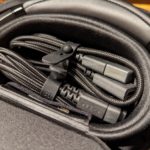
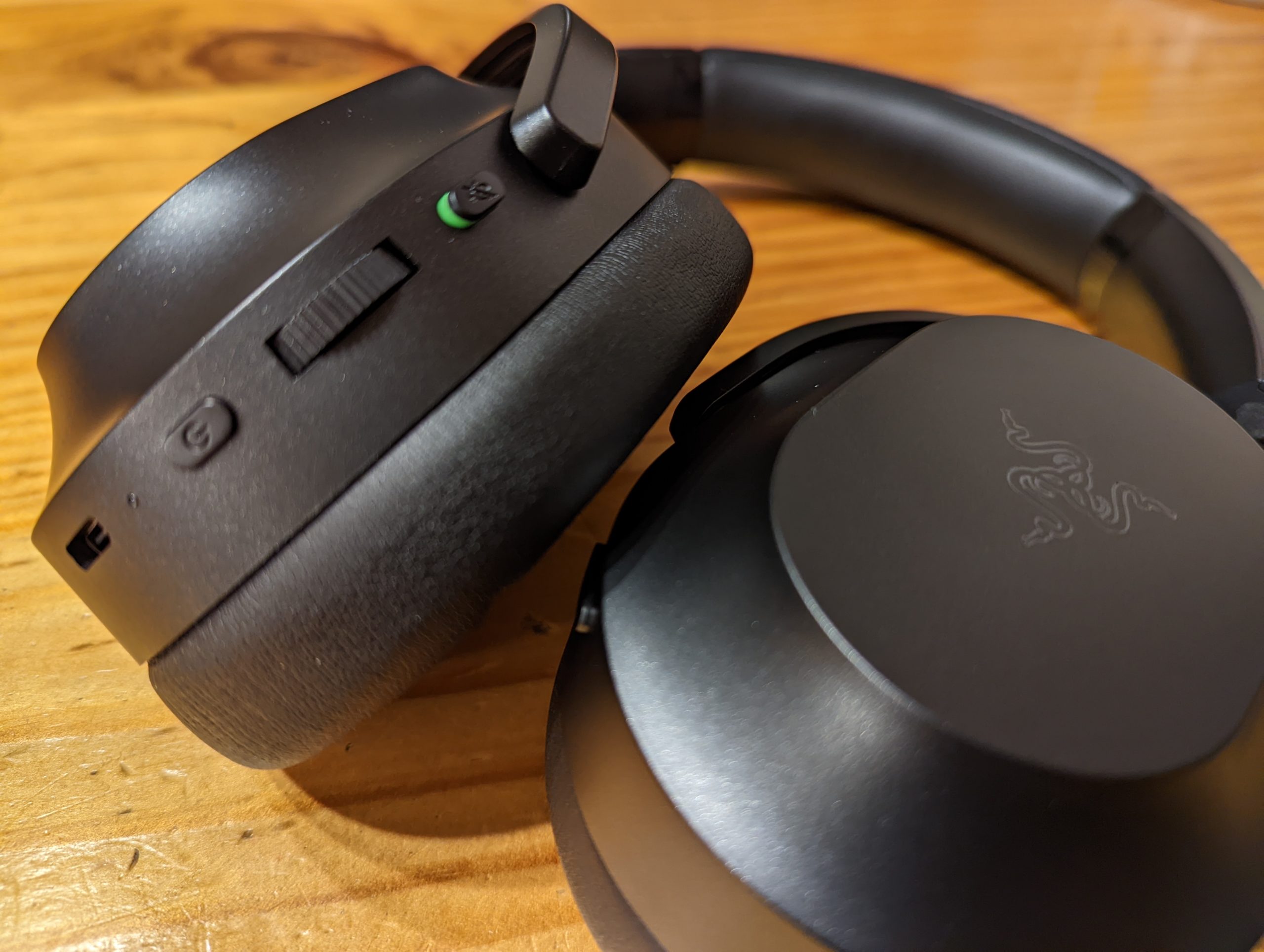
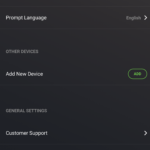

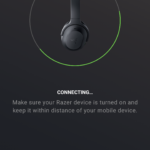
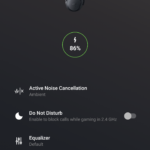
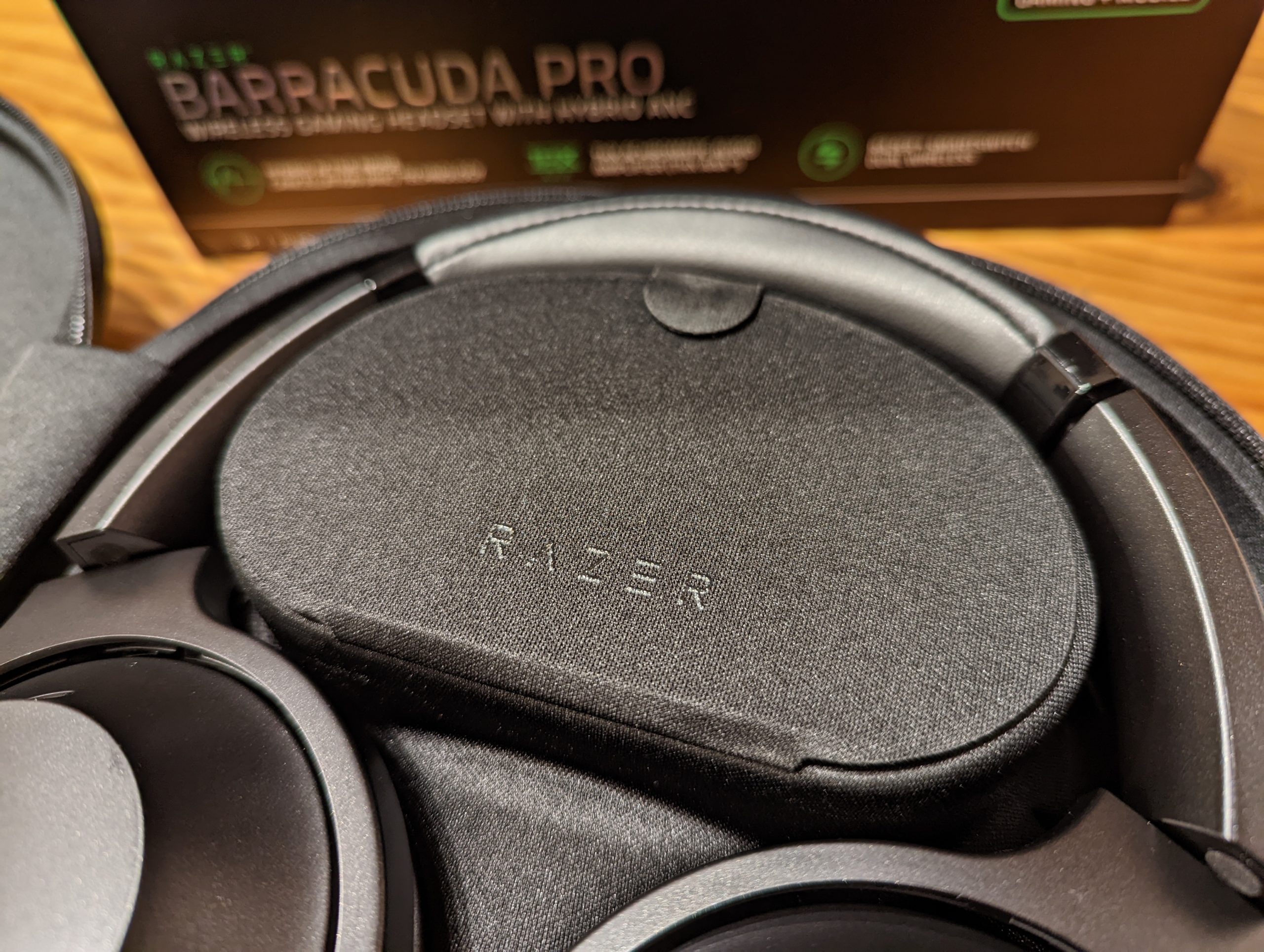
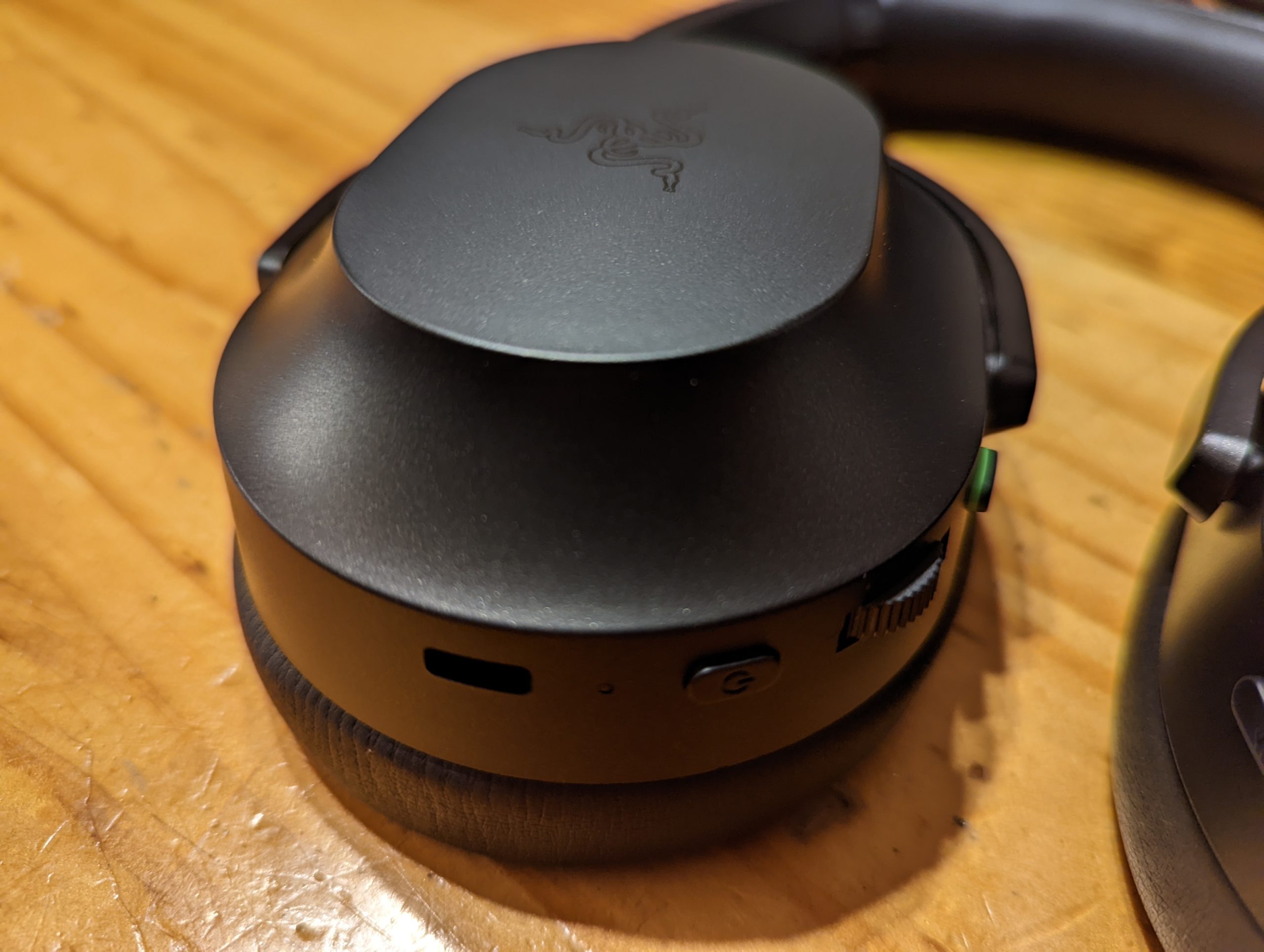



Phil, in the “What is it?” section, did you mean to type: “Continuing their recent trend, Razer has released another device that is not adorned with eye-catching RGB lighting.” rather than what’s in the section, “Continuing their recent trend, Razer has released another device that it’s adorned with eye-catching RGB lighting.” In terms of the headset, I’d knock its rating down two points, to 2.4, as the headset relies on a phone app to configure and control it. You should not need to have your phone to do such tasks, when you are using the headset on a Windows PC,… Read more »